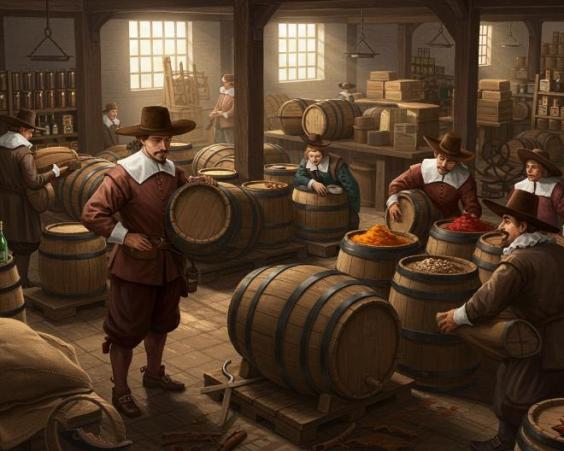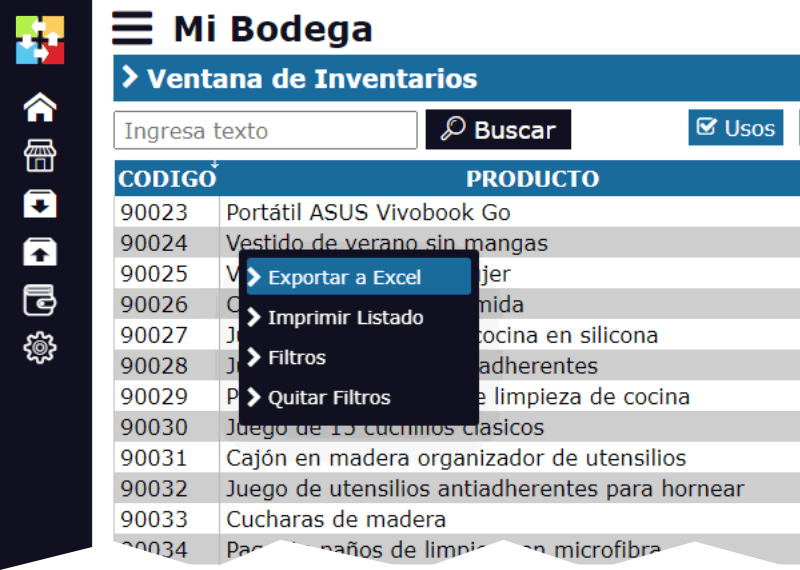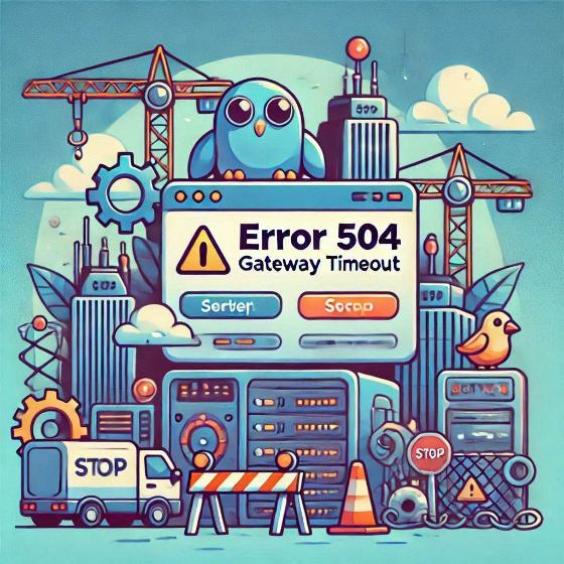Kardex in the Warehouses of the Dutch East India Company: Control of Spices and Valuable Merchandise.
The Dutch East India Company (VOC) was one of the most powerful and prosperous companies in history, with a monopoly on the trade of spices and valuable merchandise in the 17th century. To maintain its dominance in the market, the VOC needed an efficient and precise inventory management system. In this article, we will explore how the Kardex, an inventory control system, played a crucial role in managing the VOC's warehouses.

Historical context
The VOC was founded in 1602 with the aim of monopolizing the spice trade in the Far East. During the 17th century, the company expanded rapidly and became one of the most powerful companies in the world. However, the spice trade was a complex business and required a sophisticated inventory management system to maintain the quality and quantity of the merchandise.
The need for an inventory control system
The VOC needed an inventory control system that could handle the large amount of merchandise stored in its warehouses. The system had to be able to record the entry and exit of merchandise, as well as maintain an accurate record of the quantity and quality of the same. In addition, the system had to be flexible enough to adapt to changes in the demand and supply of the merchandise.

The Kardex: an innovative inventory control system
The Kardex was an inventory control system used in the VOC's warehouses. The system consisted of a series of cards that were used to record the entry and exit of merchandise. Each card contained information about the merchandise, such as its name, quantity, and quality. The cards were organized in a filing system that allowed VOC employees to quickly access the information they needed.
How the Kardex worked
The Kardex worked as follows:
- When a new shipment of merchandise was received, a card was created for each item.
- The card was registered in the filing system and updated each time a transaction was made.
- VOC employees could access the information on the card to know the quantity and quality of the merchandise stored in the warehouse.
- The filing system allowed VOC employees to perform quick and accurate searches for the information they needed.
Benefits of the Kardex in the VOC's warehouses
The Kardex offered several benefits to the VOC's warehouses, including:
- Improved accuracy: The Kardex allowed the VOC to maintain an accurate record of the quantity and quality of the merchandise stored in its warehouses.
- Increased efficiency: The filing system of the Kardex allowed VOC employees to quickly access the information they needed, reducing the time and effort required to perform transactions.
- Reduced errors: The Kardex reduced the possibility of errors in inventory management, which helped minimize losses and maximize profits.
Conclusion
The Kardex was an innovative inventory control system that played a crucial role in managing the Dutch East India Company's warehouses. The system allowed the VOC to maintain an accurate record of the quantity and quality of the merchandise stored in its warehouses, which helped improve accuracy, efficiency, and error reduction in inventory management. The Kardex is an example of how technology and innovation can help companies improve their management and maximize their profits.







